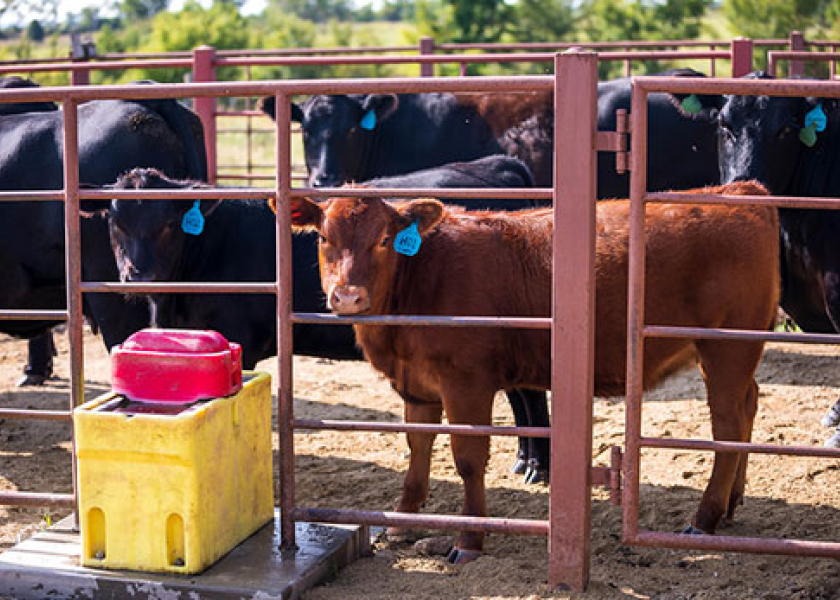Prevention of Respiratory Disease in Feedlot-Bound Cattle Pays

There is a lack of research devoted to the connection between early life calf health and eventual feedlot performance and profitability. Though, one of the most frequently cited studies of that nature is more than a dozen years old, but speaks directly to the question: “Do healthier calves become more profitable market animals?”
The Tri-County Steer Carcass Futurity is a program that started in three counties in southwest Iowa in 1982 and remains operational today. The Futurity is intended to provide beef cow-calf producers with performance feedback to help them optimize their breeding, management and marketing programs. Over the years, it has evaluated factors ranging from vaccine protocol comparisons to animal disposition.
While much of the research in the program has been performed on full-blood beef animals raised in cow-calf management systems, the results nonetheless provide helpful insights into the value of optimal health for feedlot-bound, beef-cross calves. Whether you’re working to build a reputation as a supplier of superior-quality calves, or retaining lifelong ownership yourself, the data provides helpful clues on optimizing the value of those calves.
In a summary paper published in the 2010 Proceedings of the American Association of Bovine Practitioners, project supervisor Dr. Darrell Busby, now-retired Iowa State University Extension Beef Specialist, summarized a number of data sets related to the relationship between respiratory health in calves and animal performance, profitability and carcass traits. Among them were:
Weaning time mattered – In a retrospective study of more than 2,000 feedlot cattle fed in 17 groups over 11 years, cattle that were pulled directly from their dams, or had been weaned less than 30 days, had significantly higher rates (3.4X) of bovine respiratory disease (BRD) than calves that had been weaned longer than 30 days before entering the feedlot.
Additionally, the percentage of calves that relapsed and required more than one treatment for BRD was highest for the calves weaned less than 30 days.
Respiratory illness reduced profitability – In the same data set, calves that required treatment for BRD in the first 28 days in the feedlot had significantly lower average daily gain (ADG) compared to calves requiring no treatment. Net profit was $57.48 per head lower for treated steers when they reached market weight. Of this reduction in net profit, 82% was attributed to mortality and treatment costs, while the remaining 18% was due to reduced performance and carcass value compared to non-treated animals.
In a separate analysis of nearly 15,000 head of calf-fed (raised on milk replacer, not by dams) animals, net return on steers decreased $1.29/head for every dollar spent on health treatments, indicating a performance effect beyond the cost of the treatment itself.
Lung lesions took a toll – A total of 47,764 beef calves fed in feedlots over eight years were examined at harvest for lung adhesions, which indicated they had experienced respiratory illness sometime in their lifetime. Calves with evidence of lung adhesions had higher health treatment costs, poorer feedlot performance, lighter final live weight and hot carcass weight, lower marbling scores and lower total profitability than animals with healthy lungs.
Specific new research on rearing practices and health of calves, and their subsequent performance and profitability as market animals, will be helpful in driving success in a rapidly evolving segment of the U.S. cattle industry.







